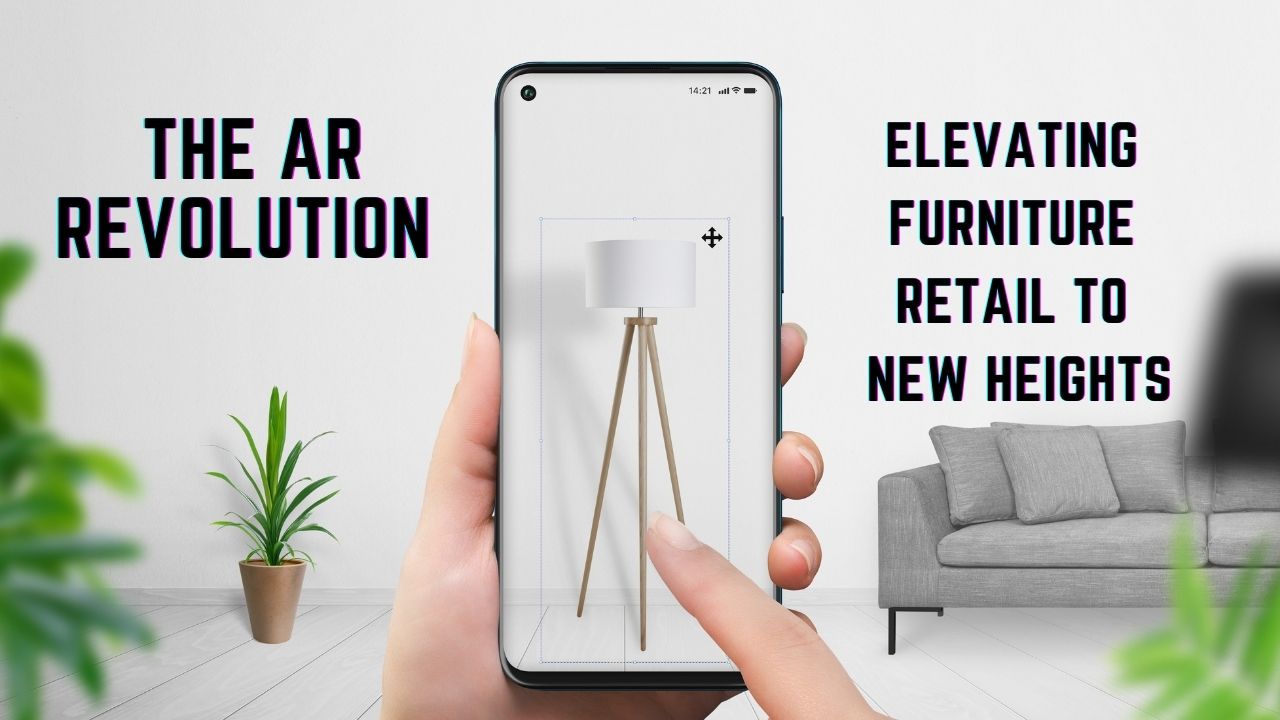Augmented Reality (AR) has become a game-changer in the tech landscape, especially in the realm of ‘view-in-room’ experiences. When it comes to developing such immersive encounters, the choice between native app-based AR and WebAR becomes a pivotal decision. Let’s dissect the nuances to help you make an informed choice for your next project.
Native App-based AR: Unleashing the Power

Native AR refers to applications built specifically for certain devices or platforms, typically downloaded and installed directly onto a tablet, smartphone or headset. Some well-known examples include the Pokémon Go game or IKEA’s Place app.
Native AR apps tend to deliver a highly immersive and smooth experience, leveraging the full capacity of the device’s hardware. They usually offer superior graphics, accurate tracking, and an extensive range of features. However, the need to download and install the app may discourage some users. Also, building a native AR app is often more time-consuming and costly, factoring in the need to develop distinct apps for iOS and Android.
Pros
- Optimised Performance: Native apps provide a smoother and more responsive AR experience due to their direct integration with the device’s hardware.
- Advanced Features: Leveraging specific features of the device, such as camera quality and sensors, allows for a more sophisticated and immersive experience.
- Offline Accessibility: Once downloaded, native apps can offer functionality without the need for a continuous internet connection.
Cons
- Installation Hurdles: Users need to download and install the app, potentially creating a barrier to entry.
- Platform Dependency: Developing separate versions for different platforms (iOS and Android) may be required.
WebAR: Breaking Down Barriers

WebAR, as its name suggests, enables users to access AR experiences directly via a web browser, with no need for any dedicated app. All that’s required is a compatible device and an internet connection.
WebAR is versatile and accessible since it works on various devices without the need for a specific app. It’s budget-friendly and quick to develop, ideal for businesses seeking a fast-track entry into AR. However, it may lack the high-quality visuals offered by native AR due to restrictions posed by web browser limitations.
Pros
- Accessibility: No app installation is required, making it a frictionless experience for users. They can access AR content directly through their browser.
- Cross-Platform Compatibility: WebAR is inherently more platform-agnostic, functioning on various devices and operating systems.
- Easier Updates: Updates and improvements can be implemented seamlessly without requiring users to download new versions.
Cons
- Performance Constraints: WebAR may not deliver the same level of performance as native apps due to browser limitations.
- Limited Device Integration: Lack of deep integration with device features may restrict the richness of the AR experience.
Choosing The Right Path

AR presents a golden opportunity for businesses to enrich the online shopping experience. With AR, customers can virtually “try-on” products or visualise them in their space. This interactive process not only engages shoppers but also aids in informed decision-making, leading to increased customer satisfaction and reduced return rates. The decision between choosing a native app-based AR solution and a WebAR tool ultimately depends on your project or brand’s specific requirements and priorities.
Native AR facilitates highly detailed visuals, allowing prospective customers to view and interact with 3D models of products. This immersive experience can be a game-changer, particularly for businesses selling complex or high-value products, where attention to detail counts.
WebAR offers immediate accessibility, inviting users to launch AR experiences through a simple URL click. This seamless online shopping experience can cater to impulsive buying behaviour, capturing customers’ interest on the spot. Additionally, the lower setup cost and fast-tracked development process makes WebAR the ideal choice for businesses new to AR.
In conclusion, whether you opt for the tailored efficiency of native apps or the widespread accessibility of WebAR, both avenues open the door to captivating view-in-room AR experiences. Understanding the trade-offs empowers you to make an informed decision, steering your project towards success in the dynamic landscape of augmented reality.
Wrapping Up: The AR Voyage Awaits
The retail world is on the cusp of an AR-led renaissance, poised to unleash a wave of creativity and innovation. The furniture retail sector, as a catalyst in this domain, beckons a new era of experiential customer journeys and environmentally conscious business practices.
At Growm, we specialise in creating bespoke 3D and AR models for businesses, helping to enhance your brand on platforms like Amazon and Shopify. Our experienced team can guide you through the complexities of AR, revolutionising your online selling strategy with advanced technology. Contact us today to explore how AR can elevate your online presence and boost your sales.
FAQs
For any inquiries or clarifications, our comprehensive FAQ page is available.


